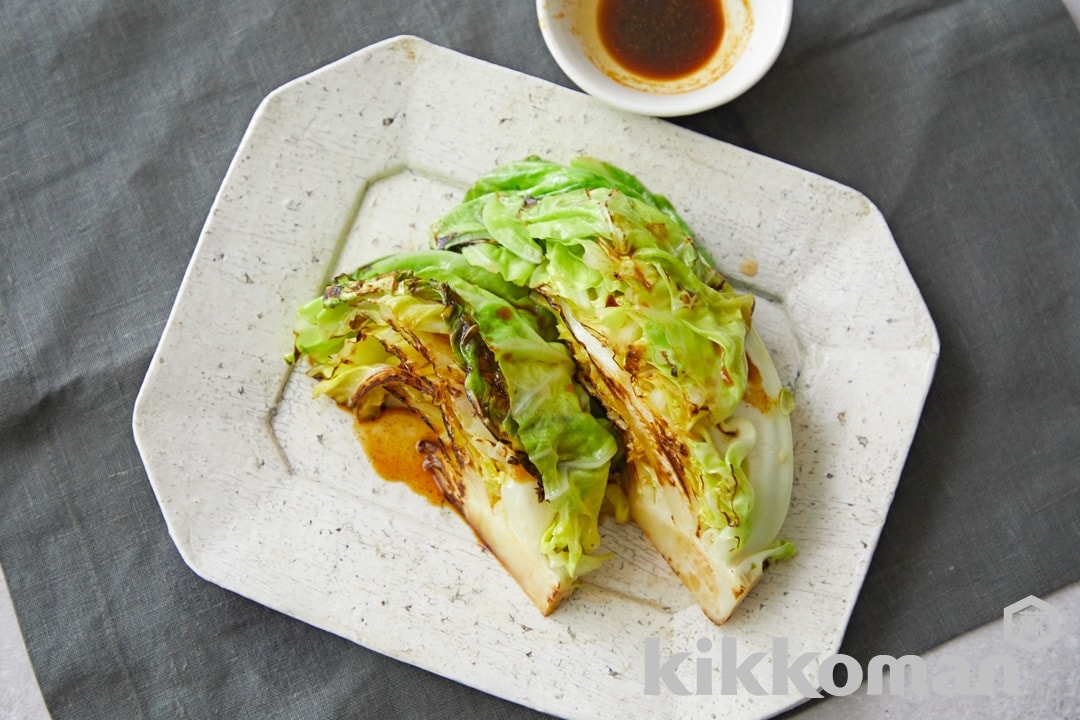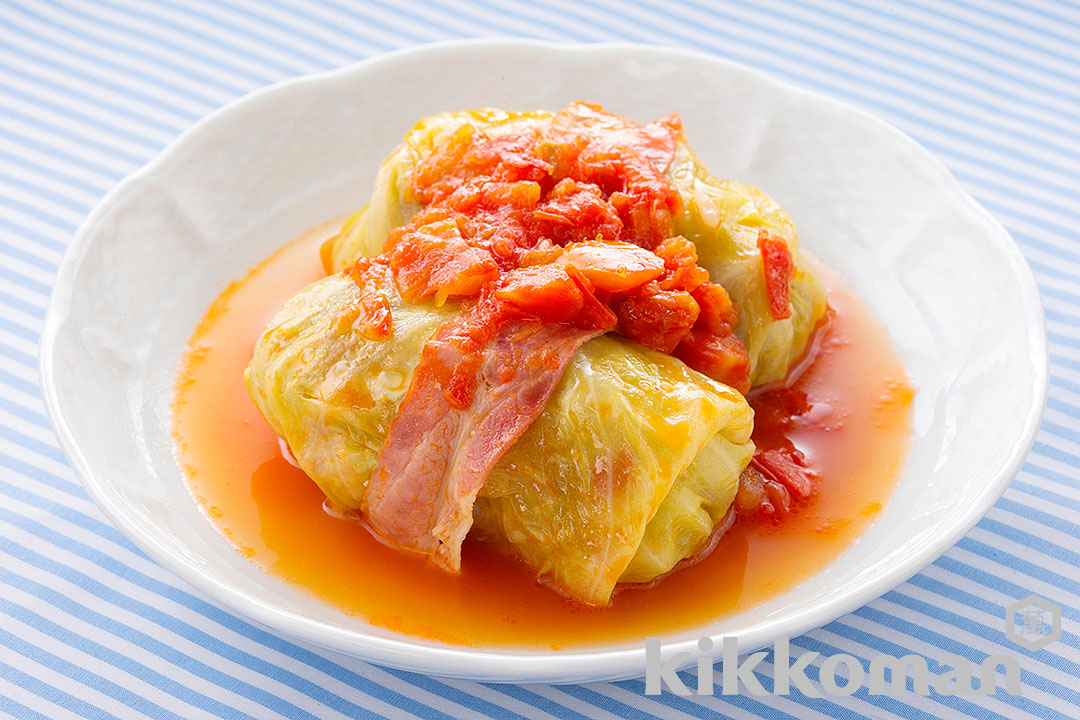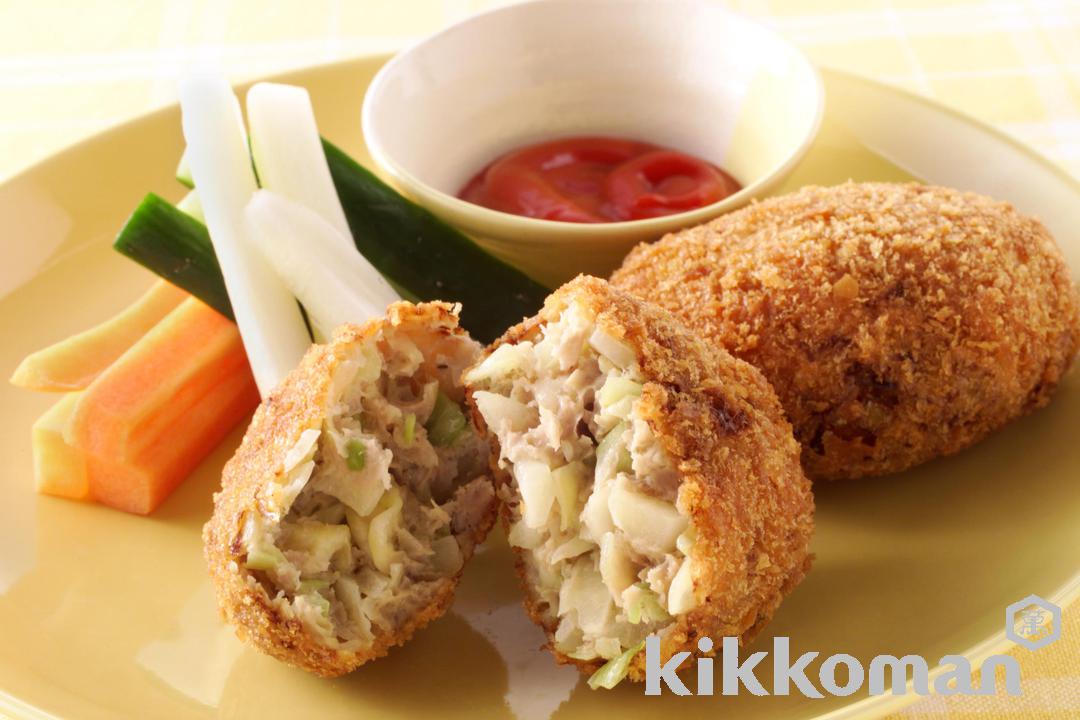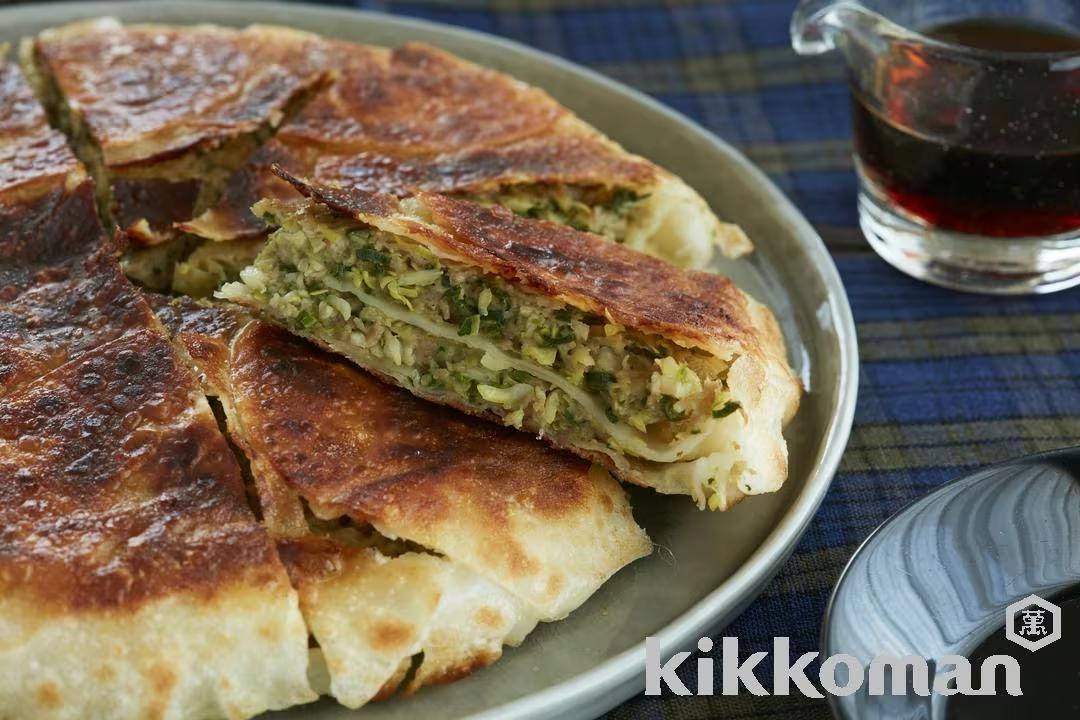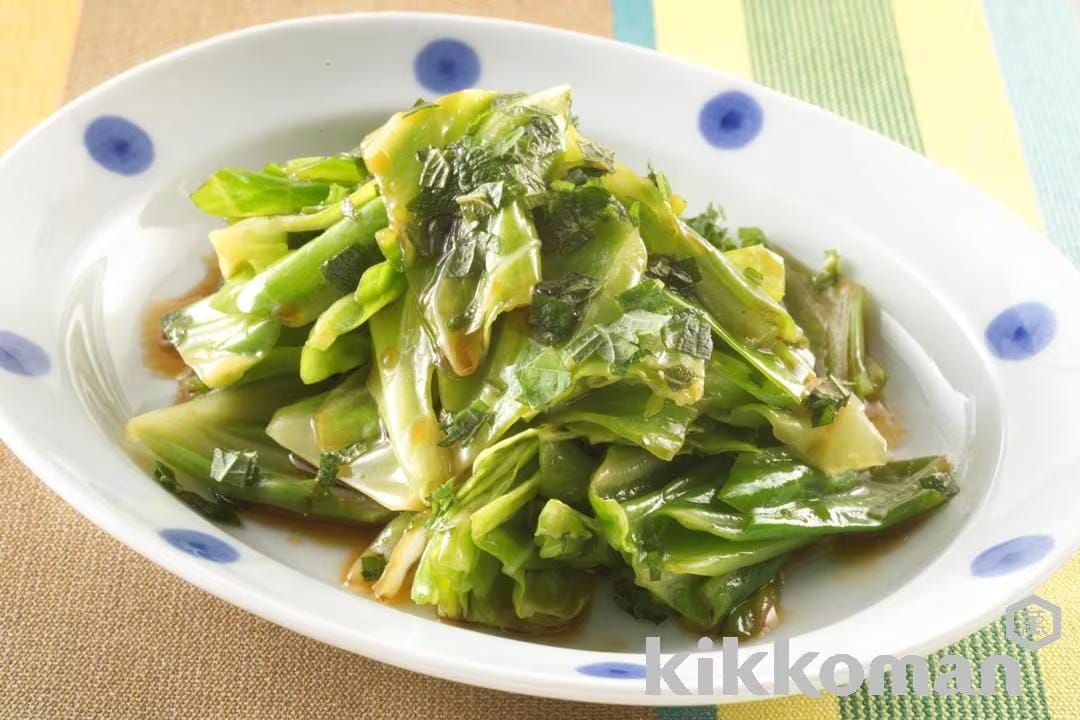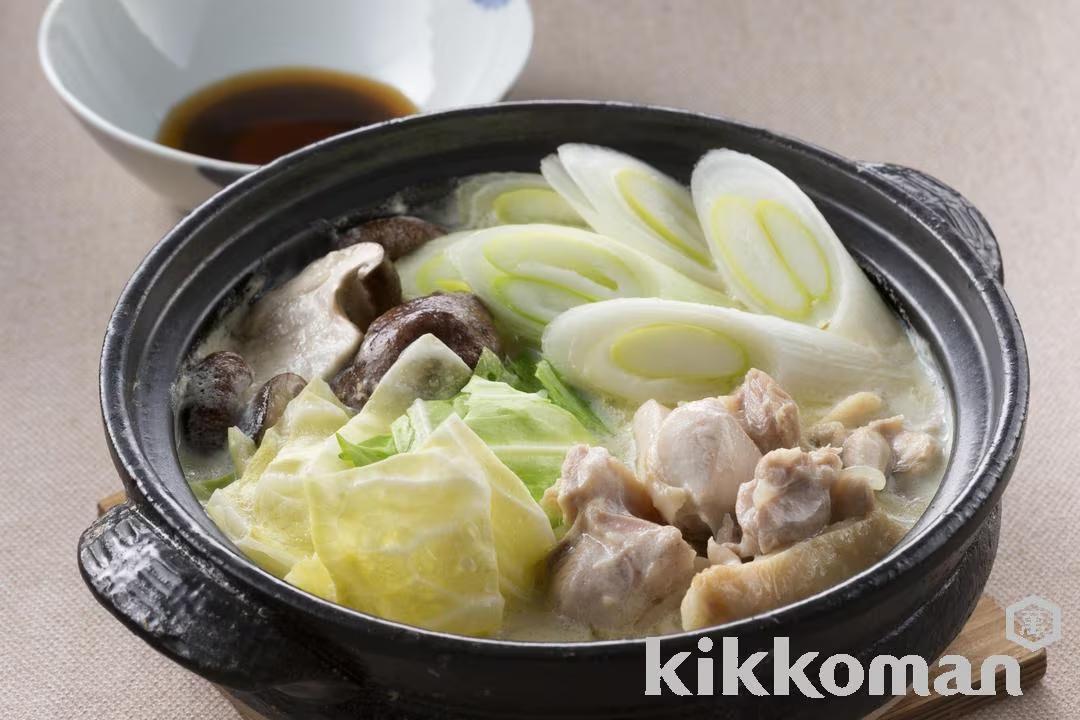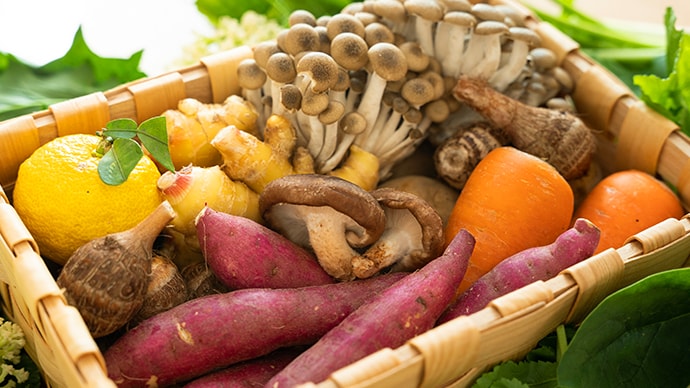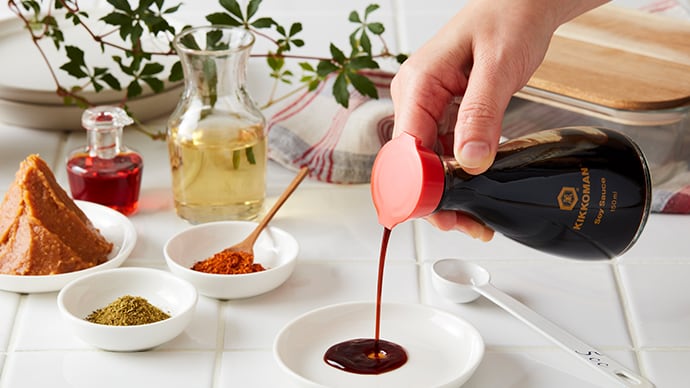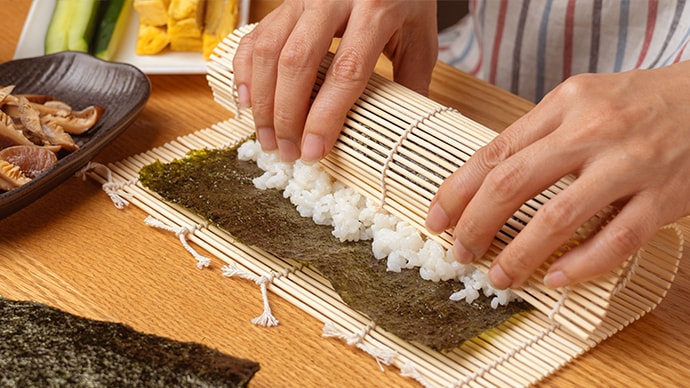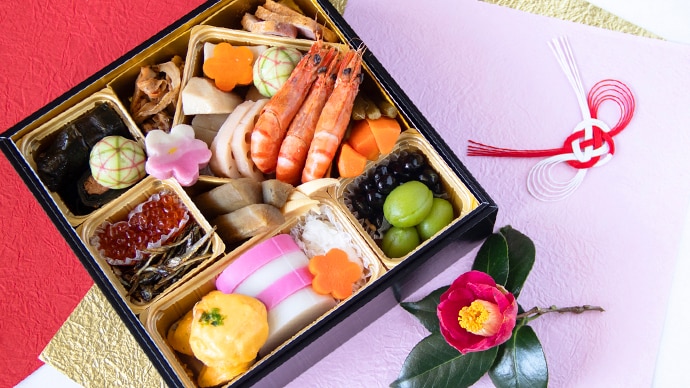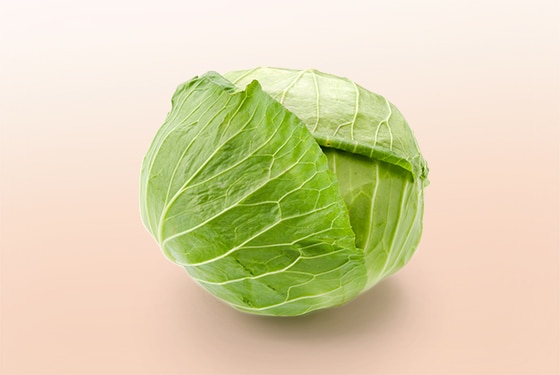
Round leafy vegetable delicious both raw and cooked, versatile in various dishes
What is cabbage?
Cabbage (キャベツ in Japanese) is a vegetable available year-round, with its leaf color and texture varying by the season. In Japan, winter cabbage is harvested from December to February and has white, thick leaves, while spring cabbage, harvested from March to April, has green, tender leaves. Cabbage is used in a variety of dishes such as being shredded and served with tonkatsu and other fried foods, in stir-fries, stuffed cabbage rolls, salads, and more.
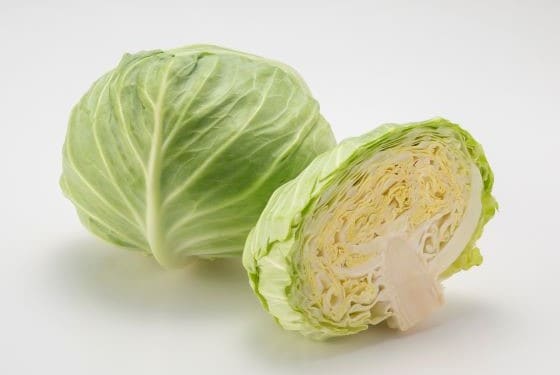
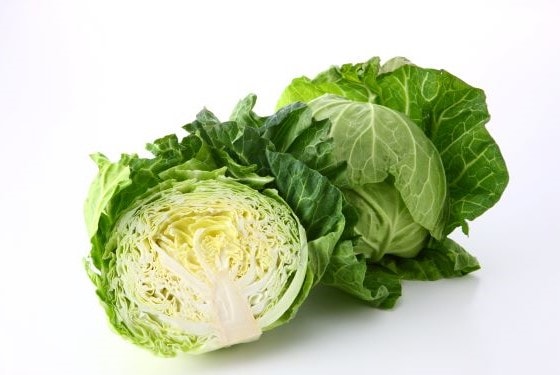
Nutrition facts
Cabbage is rich in vitamin C, especially in the core. The thick outer leaves also contain a lot of beta-carotene. Cabbage also contains vitamin K, which is involved in blood clotting and bone health, and is particularly useful for strengthening bones and preventing osteoporosis.
Cabbage is also rich in potassium and folic acid. Potassium helps to excrete sodium from the body and regulates blood pressure, so it is effective in preventing and improving high blood pressure. Folic acid helps with cell production and repair, and is an important nutrient, especially for pregnant women. It is also effective in preventing anemia.
In addition, cabbage contains a component called "cabbagein" (vitamin U), which protects the stomach lining and helps prevent and improve gastritis and gastric ulcers.
Eating components of cabbage dissolved in soup, or cooking them in salads or short stir-fries is a good way to ensure that water-soluble nutrients such as vitamin C and folic acid are not lost.
Storage to prevent food loss
To store cabbage for 2–3 weeks, carve out the core, stuff it with a paper towel, and then place it in a plastic bag in the refrigerator.
Trivia
Cabbage is considered one of the oldest vegetables in the world. As early as the 7th-8th centuries BC, in ancient Greece and Rome, cabbage was consumed as a health food to aid digestion and regulate stomach health.
Cooking Basics
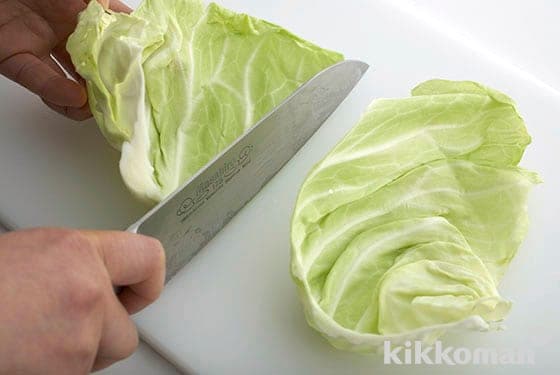
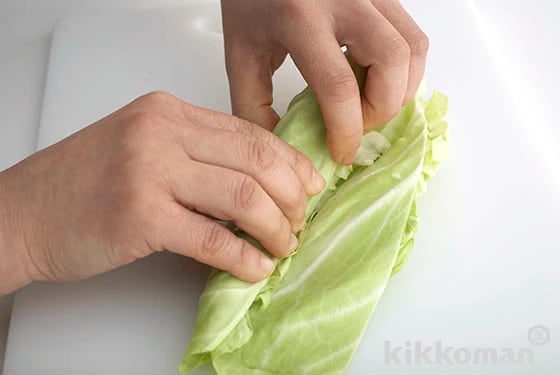
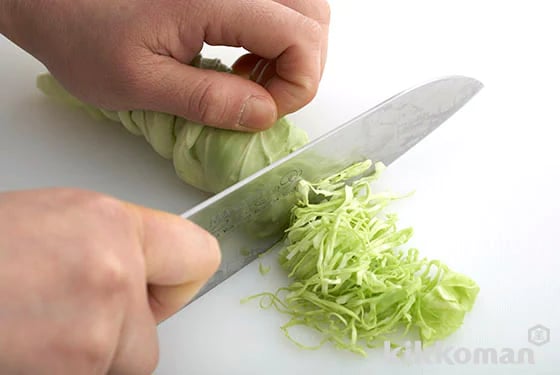
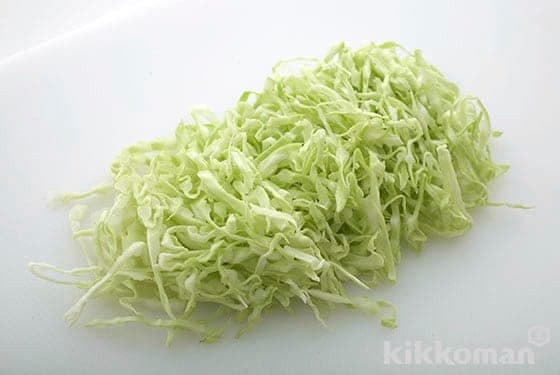
Separate the leaves and remove the core. Cut the leaves in half lengthwise to make it easier to julienne, then stack, roll up, and slice very thinly from end to end.
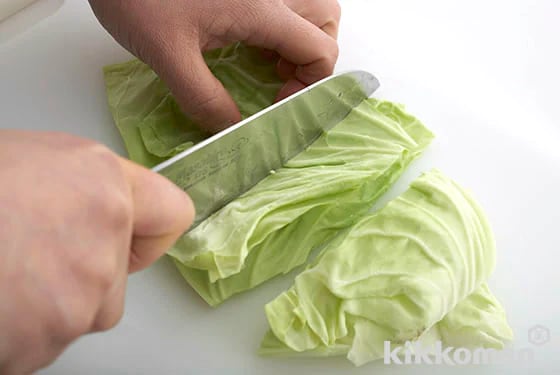
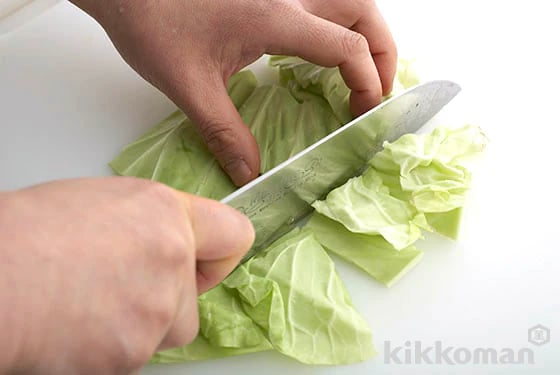
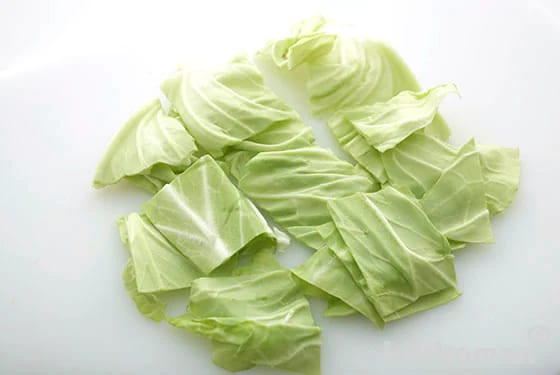
Separate the leaves, remove the core, cut the leaves in half lengthwise, and then stack. Cut into 3 cm (1.2 in.) wide strips, then cut into 3 cm (1.2 in.) wide squares.
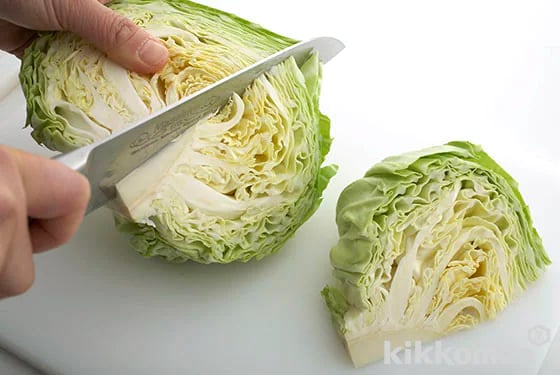
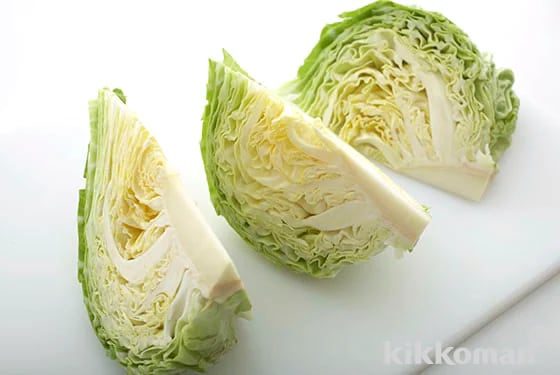
Cut in half lengthwise, place the knife at the center of the cut surface, and cut into equal halves. This cutting method is used for simmered dishes such as pot-au-feu and when making grilled cabbage.
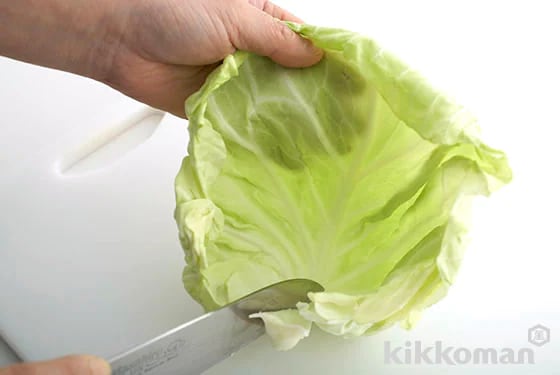
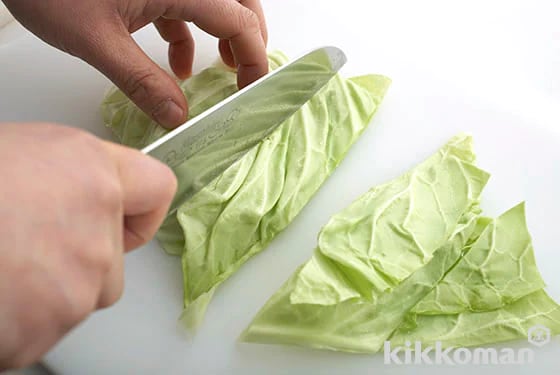
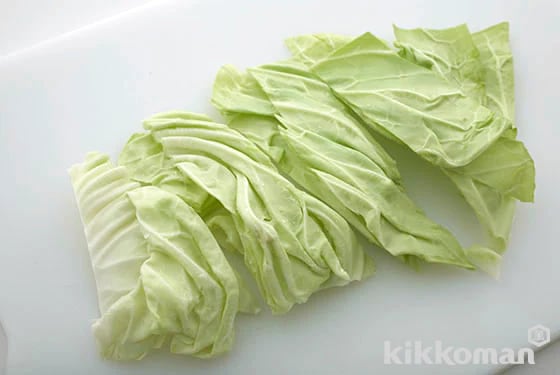
Separate the leaves, place the knife diagonally along the core to remove. Cut the leaves in half lengthwise, stack, and then cut into 3 - 4 cm (1.2 to 1.6 in.) wide strips.
Related Recipes
20min+
338kcal
600mg
15min+
58kcal
236mg
20min
347kcal
709mg


